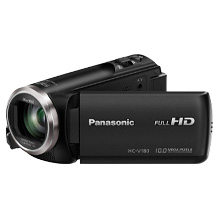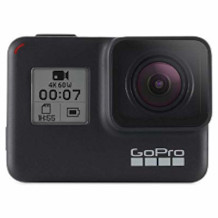Bridge camera purchasing advice: how to choose the right product
- The most important things in a nutshell
- Bridge cameras look similar to SLR cameras, but have a fixed zoom lens like a compact camera.
- Bridge camera models differ mainly in sensor size, focal length and resolution.
- For video enthusiasts, a UHD or 4K resolution, a tiltable display and a 3.5-millimetre jack for a microphone are recommended.
- Modern bridge cameras can be connected to smartphones, printers, computers and tablets for easy photo processing and storage.
Bridge cameras – compromise solution or real alternative
Bridge cameras bridge the gap between SLR cameras, also known as DSLRs (Digital Single Lens Reflex), which are mainly used by professional photographers, and compact models for amateur users. This is why bridge cameras are also called “prosumer cameras”.
At first glance, bridge cameras with their typical large lens and practical grip hardly differ from SLR cameras. The most important difference is that the lens in bridge cameras is fixed – just like in conventional compact cameras – while users of SLR cameras can attach the optimal lens for each photo project. To compensate for the disadvantage of the fixed lens, manufacturers usually build lenses with a large zoom range into bridge cameras, covering everything from wide-angle to strong telephoto. This means that bridge camera users are equipped for most shooting situations without having to change lenses.
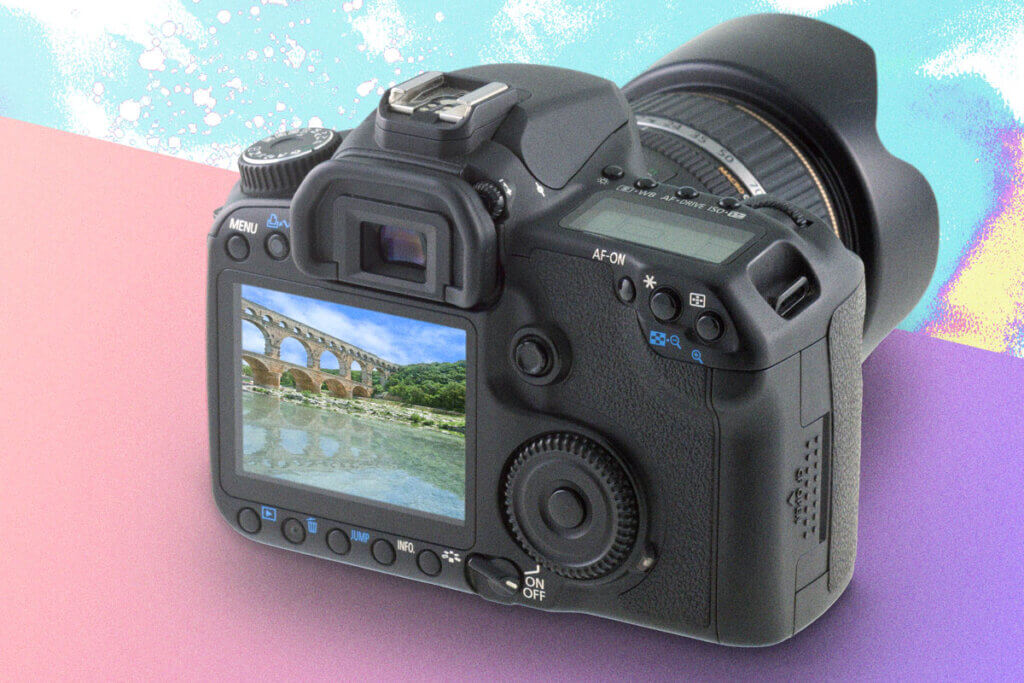
What are the advantages of bridge cameras?
In addition to the wide focal length range of the lens already mentioned, one advantage of bridge cameras is that the lens and body are perfectly matched. The sensor is better protected from dirt and dust because the parts are firmly connected. Most models also offer optical image stabilisation, an electronic viewfinder and a display that, in some cases, can even be folded or swivelled for versatile use. A big advantage of bridge cameras compared to SLR cameras is their lighter weight, which is particularly noticeable on trips and excursions. Bridge cameras also have preset shooting modes that make it easier, especially for amateur photographers, to take great pictures at certain moments. In most cases, aperture, shutter speed and ISO can also be adjusted manually, so professionals and advanced amateurs also get their money’s worth with these devices.
What does focal length stand for?
The focal length describes the distance between the lens and the sensor. Lenses with long focal lengths also show distant subjects in a large format. Such lenses are called telephoto lenses. The small focal lengths of wide-angle lenses, on the other hand, provide a wider field of view; you get more of the surroundings in the picture. Most bridge cameras have zoom lenses that allow you to adjust the focal length. This is not possible with cameras with a fixed focal length.
For whom is a bridge camera worthwhile?
Bridge cameras are particularly useful for people who travel a lot, as they are often much lighter than SLR cameras. As an everyday camera for travel and city trips, for occasional video recordings or for simple hobby use, a bridge camera is ideal. With its powerful zoom lenses and the possibility to manually adjust the shooting parameters, all common motifs can be photographed without any problems. If you want a lot of zoom at a reasonable price and don’t want to carry around photographic equipment that weighs a lot, you should go for a bridge camera. However, if you have high demands on photography, want to use the perfect lens for every shooting situation and are not afraid to invest hundreds or thousands of euros in a lens collection, you should rather go for a DSLR.
What are the disadvantages of bridge cameras?
If you want to change the focal length, you have to zoom, which can reduce the image quality. Especially in the wide-angle range and at extreme telephoto focal lengths, zoom lenses are inferior to fixed focal lengths. Many bridge cameras also have a relatively small image sensor, which produces more image noise at high ISO values than the much larger sensors of SLR cameras. Since the maximum aperture is also usually smaller than that of fast SLR lenses, bridge cameras are not ideal for night and indoor photography. The viewfinder is also a negative point for some users: those who are used to working with an optical viewfinder have to get used to the electronic viewfinder with a bridge camera. It also consumes a lot of power, which can be a problem, especially when travelling.
Plus Points
- Long focal length of the zoom lens
- Sensor is protected from dust and dirt
- Optical image stabilisation
- Photography via display possible
- Light weight
- Presets ideal for beginners
Drawbacks
- No fixed focal lengths and extreme wide angles
- Limited setting options
- Autofocus system often slow
- Limited sensor size and aperture
The most important differences between compact and DSLR cameras
DSLR or single-lens reflex cameras are characterised by a large housing that provides the necessary space for a whole range of switches and buttons for numerous settings. In addition to the zoom lens, which is also large, they have a handle that allows the user to hold the camera very securely and firmly in his or her hand. The devices also offer enough space for a display on the back. This not only shows the photos taken, but is also used as an alternative to the viewfinder to focus on the subject. It is particularly practical if the display can be rotated and tilted: this way you can also see the subject when you hold the camera above your head or near the ground, for example.
Compact cameras, on the other hand, are comparatively light and small. They have a fixed zoom lens and fully automatic control. They do not have a viewfinder and, like DSLR cameras, have a display on the back. Due to their limited functions and compact design, they are comparatively inexpensive, but cannot compete with bridge and SLR cameras in terms of video and image quality.
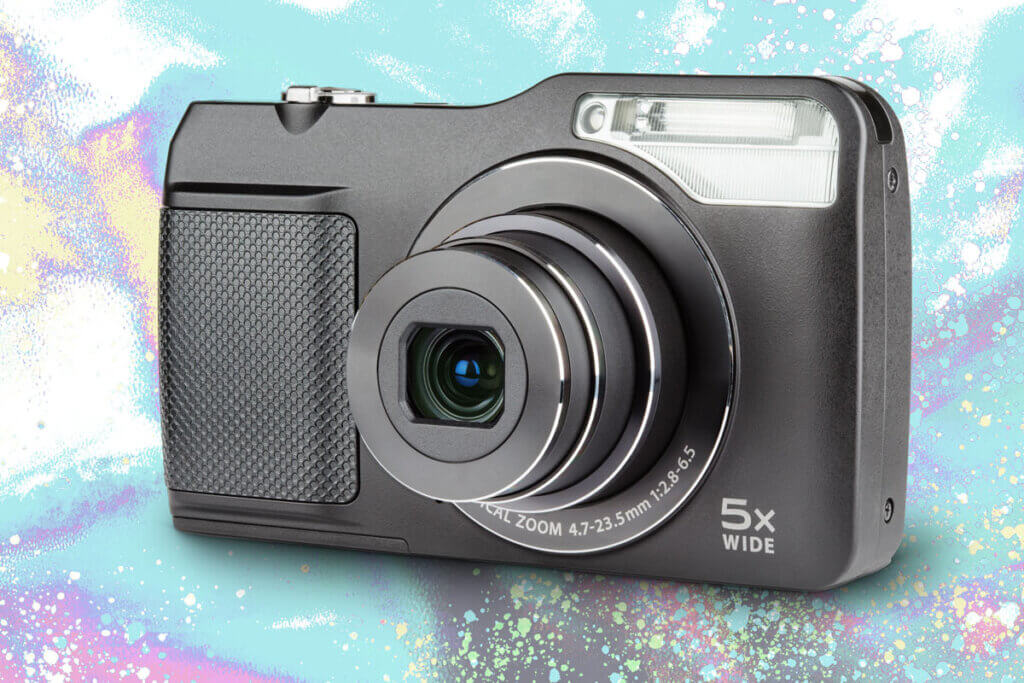
The bridge camera combines the advantages of these two camera types without making too many compromises. The zoom lens is fixed, as with a compact camera, but the zoom range is usually larger. At the same time, a bridge camera offers extensive manual adjustment options that come close to those of an SLR camera. In terms of price, a bridge camera lies somewhere between a compact and an SLR. However, very high-quality models can have a similarly high price as SLR cameras.
In terms of image quality and setting options, bridge cameras are superior to simple compact cameras. However, due to the fixed lens and the small sensors, users have to accept limitations, for example in low light conditions. However, this design also has advantages: On the one hand, the housing and lens are perfectly matched, and on the other hand, neither dirt nor dust can get inside and contaminate or damage the image sensor.
What should you look for when buying a bridge camera?
Most important are the technical features, which have an impact on the image quality and the range of setting options. But also the handling, which depends more on personal taste and the conditions of the intended use, should not be neglected. For example, if you buy a bridge camera primarily for holiday photos, you need a device that is not too big and too heavy. It is also advisable to look for a model with a large zoom range to be able to take both nature and city photos in high quality. If solid video quality is important to you, you should pay attention to the video resolution and the availability of a 3.5-millimetre jack for an external microphone.
Resolution
Especially for users who also print their photos – for example, for a photo book or to hang up as a poster – a high resolution plays a major role. High-quality bridge cameras offer a resolution of around 12 to 20 megapixels.
If you not only want to take pictures but also record videos in good quality, you should make sure that the bridge camera can record HD videos with a resolution of at least 1,280 x 720 pixels. Meanwhile, there are even models that offer video resolution in 4K format.
How many megapixels do I really need?
If you want to print your photos in formats up to 30 x 30 centimetres, 12 megapixels are enough. However, if you want to print pictures in larger formats, you should choose a model with a resolution of at least 16 megapixels, otherwise blurring and isolated pixels will be visible on the print.
ISO range
The ISO range describes the camera’s ability to adapt to ambient light and, in good models, lies between 100 and 6,400. With a high ISO number, you can still take pictures even in relative darkness. The higher the ISO value is set, the more sensitive the sensor of the bridge camera reacts to incident light. However, this is also accompanied by a higher level of image noise. High-quality modern sensors usually manage this well, however. If clear images in low light are a purchase criterion, it is worth investing money in a somewhat more expensive bridge camera.
Aperture
For photography at night and in low light, the aperture is also important. The aperture is an adjustable opening in the lens that controls the amount of light that enters. The wider the aperture is open, the more light the lens captures. In a darker environment, the photographer or the camera’s automatic system must increase the aperture accordingly. The size of the aperture is given as the ratio of its diameter to the focal length. A very good value for a fast lens is a maximum aperture (referred to as the open aperture) of 1:1.4, also known as f/1.4. A ratio of 1:2.8 (f/2.8) is also still good. A lens with an open aperture of 1:3.6 (f/3.6), on the other hand, is only moderately fast. A larger aperture value therefore means a smaller aperture and thus less light.

In addition to the exposure, the aperture influences the depth of field of the image. It determines the area that is shown in focus. With a wider open aperture, the depth of field in the image decreases; the out-of-focus area becomes larger.
LCD screen and viewfinder
The LCD screen on the back of the bridge camera allows you to focus on the subject. Depending on the incidence of light, however, this can be difficult, as the light may reflect on the display. Most models therefore also have a viewfinder for manually checking and focusing on the subject. A distinction is made between optical and electronic viewfinders. With the optical viewfinder, you look through the device and see the real subject in front of you; only the selected image section is focused. The electronic viewfinder, on the other hand, shows a virtual image of the subject on a display integrated in the bridge camera. This also takes into account certain settings such as colour saturation or exposure time, so you can see how the photo will look before you take it and adjust your settings if necessary.
Connections and Wifi
There are several ways in which the images you shoot can be transmitted from the bridge camera to a TV, laptop, smartphone or printer. The most common connection options are HDMI and USB – many models also have a 3.5 millimetre jack for a microphone. This is recommended for better audio quality during recordings, as the internal microphone usually cannot compete with an external one in terms of quality. Some bridge cameras are also Wi-Fi enabled, so that you can send the images wirelessly to different end devices in a shared network.
Thanks to the additional Wi-Fi support, you can also control the bridge camera via a corresponding app on your smartphone or tablet. If both devices, bridge camera and mobile end device, are paired in the same network, you can view the shots taken directly on the smartphone and save them in the cloud, for example. This is also particularly practical for users who want to optimise their shots directly in Adobe Photoshop or other image editing programmes.
Lens and zoom
Since the lens of a bridge camera is not interchangeable, you should make sure that the model has the appropriate zoom factor. This factor describes the ratio of the longest to the shortest focal length of the built-in zoom lens. The zoom factor of bridge cameras ranges between 10 and 80. A zoom factor of 50 to 60 is a good average value. The value refers to the optical zoom of the device, i.e. a 10- to 80-fold magnification of the respective subject can be achieved. Note, however, that a high zoom factor can have a negative effect on the light intensity and slow down the camera’s autofocus.
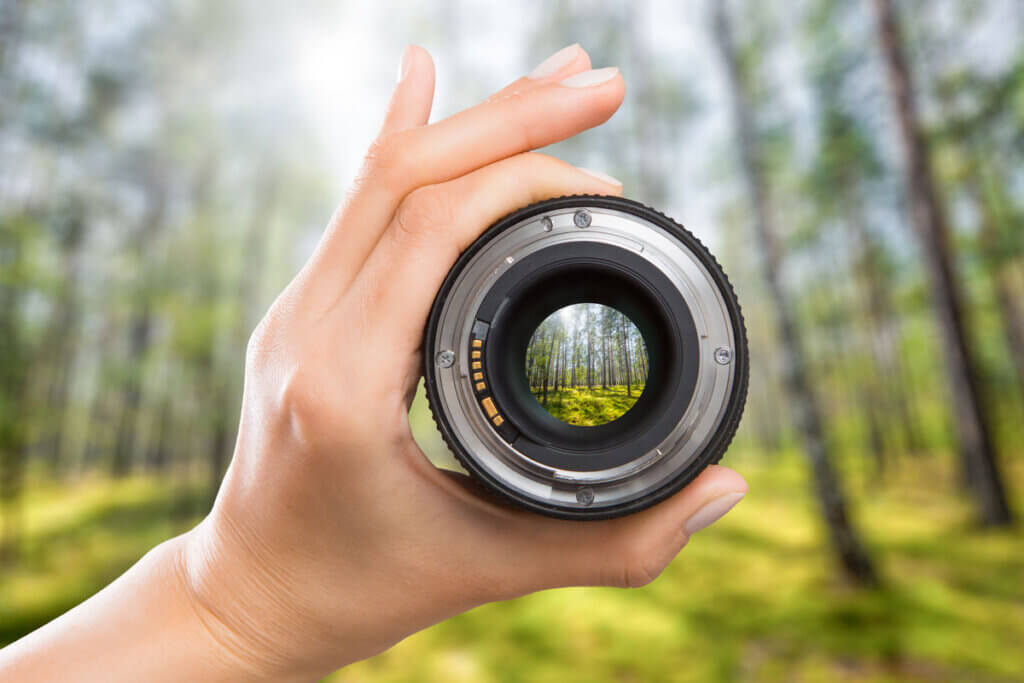
What values for wide-angle and telephoto lenses?
For great results with most image motifs, amateur photographers are recommended to choose a model whose lens has a value of about 600 millimetres as a super telephoto lens and a value of about 25 millimetres as a wide-angle lens.
Weight
Although bridge cameras are in most cases heavier than compact cameras, at around 600 to 800 grams they are still light enough to carry around effortlessly throughout the day. In contrast, SLR cameras can quickly become very heavy in a complete package with several lenses and other accessories, weighing up to four kilograms.
Very light bridge cameras like the Canon Powershot SX540 HS weigh just 450 to 500 grams. In general, it can be said that higher-quality devices weigh a little more due to their larger and therefore heavier zoom lenses. But models weighing around 1,000 grams, such as the Panasonic Lumix FZ2000, the Panasonic Lumix FZ1000 II or the Sony Cyber-shot RX10 III, are still very well suited for travel and excursions.
Display
The display size is on average around three inches and thus offers enough screen space to see the subject well. In most cases, the pictures you take can also be zoomed in so you can see every detail. Some models have a touch screen, others can only be operated using buttons – here, personal taste plays a decisive role. In addition to operation and size, flexibility in use is also important for many people. A tilt and swivel display can be very helpful for nature and video photography.
Image stabiliser
An image stabiliser is a very helpful function that automatically compensates for an unsteady hand when shooting photos or videos, ensuring a sharp image even at high zooms. Although the image stabiliser does not replace a tripod, the image quality benefits enormously from this function and should therefore not be missing. With many bridge cameras, the image stabiliser is built into the lens. Some models have a dual-IS mode. They have additional elements for motion correction built into the body.
Continuous shooting
Continuous shooting is a good way of taking several pictures of a moving scene and then selecting the best possible photo from this series. Without this additional function, you would have to take photos on the off chance, for example when you want to take a photo of a passing vehicle. The probability that the picture you take will meet your expectations is rather low. With the continuous shooting function, cameras shoot about five to ten pictures at very short intervals; this increases the chance of a good shot. In this way, you can also show a scene in its movement when you place the pictures next to each other or display them one after the other.
Panorama modes
An exciting function for nature photographers is the panorama function: Here, many shots are combined into a single large panorama image. This allows you to capture very wide subjects and thus capture a particularly atmospheric scenario, for example in nature shots. With the panorama function, you can capture images at an angle of up to 360 degrees.

What do I have to watch out for when using my bridge camera?
Bridge cameras are sensitive devices that users should handle with care. They are particularly sensitive to drops and rough external influences. A carrying strap is therefore highly recommended, especially for excursions. You should also protect bridge cameras from water and dirt – although they are less susceptible to dirt getting inside the device due to the fixed lens, they are usually not water-resistant. Care is also needed when cleaning: Washing-up liquid is absolutely taboo. You should always use a special cleaning kit. This usually includes liquid cleaner, cleaning sticks, bellows, brush and microfibre cloth. If possible, use only original batteries, and in any case only intact ones. To avoid deleting any recordings, you should also keep an eye on the memory of the device and replace the memory card if necessary.

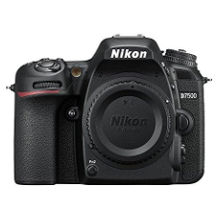
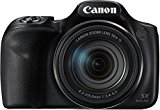
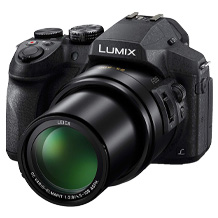
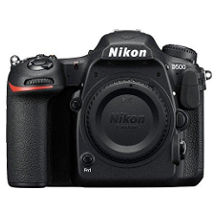
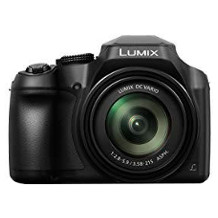
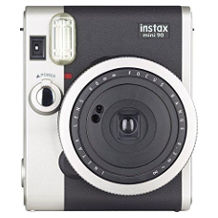
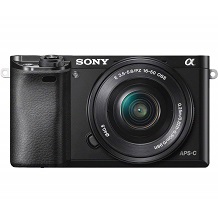
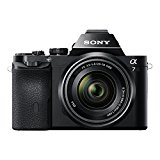
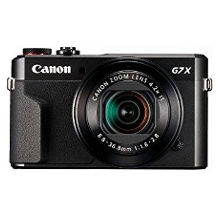

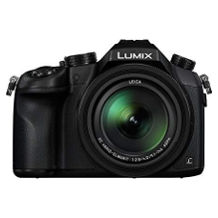

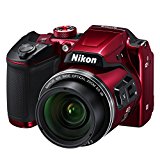
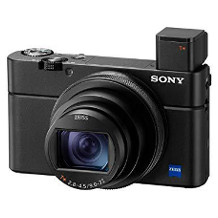
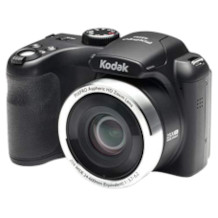

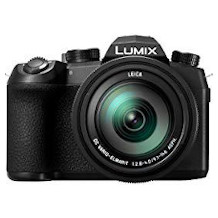
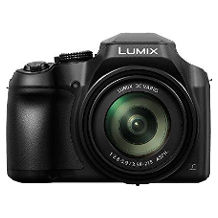

 1,109 reviews
1,109 reviews
